Bhattacharya, B. and Bera, S.C.
Table of contents :
Cover……Page 1
Preface……Page 8
Contents……Page 12
Group A. Thermodynamics……Page 18
1.2 Macroscopic and Microscopic Approach
……Page 20
1.4 Classification of Thermodynamic Systems
……Page 21
1.5 Control Mass And Control Volume
……Page 23
1.9 Classification of Properties of a System
……Page 24
1.11 Thermodynamic Equilibrium
……Page 25
1.13 Process
……Page 26
1.14 Cyclic Process or Thermodynamic Cycle
……Page 27
1.15 Point Function And Path Function
……Page 29
1.16 Unit……Page 30
1.18 Mass (M)……Page 32
1.20 Force (F)……Page 33
1.24 Absolute, Gauge and Vacuum Pressure
……Page 34
1.25 Pressure Measurement by Manometer
……Page 35
1.29 Types of Stored Energy
……Page 37
1.31 Power……Page 38
2.3 Measurement of Temperature
……Page 50
2.4 Constant Volume Gas Thermometer and Temperature Scale
……Page 51
2.5 Heat and Heat Transfer……Page 54
2.7 Thermal or Heat Capacity of a Substance……Page 55
2.10 Work
……Page 56
2.12 Work Done During a Quasi-Static or Quasi-Equilibrium Process
……Page 58
2.13 Work And Heat Transfer — A Path Function
……Page 60
2.14 Comparison of Heat And Work
……Page 61
2.15 Example of Work
……Page 62
2.16 Work in Non-Flow Process Versus Flow Process
……Page 67
3.2 General Gas Equation
……Page 76
3.4 Universal Gas Constant or Molar Gas Constant
……Page 77
3.5 Specific Heat of Gas
……Page 78
3.7 Ratio of Cp And Cv
……Page 79
3.9 Thermodynamic Processes
……Page 80
3.12 Constant Volume Process or Isochoric Process
……Page 81
3.13 Constant Pressure Process or Isobaric Process
……Page 83
3.14 Hyperbolic Process
……Page 85
3.15 Constant Temperature Process or Isothermal Process
……Page 86
3.16 Adiabatic Process
……Page 88
3.17 Polytropic Process
……Page 91
3.18 General Laws for Expansion and Compression……Page 92
3.20 Real Gas and Compressibility Factor
……Page 93
3.21 Law of Corresponding State and Generalized Compressibility chart
……Page 94
4.2 Joule’s Experiment
……Page 120
4.3 First Law of Thermodynamics For a System Undergoing A Thermodynamics Cycle
……Page 121
4.4 The Important Consequences of The First Law of Thermodynamics
……Page 122
4.5 Limitations of First Law of Thermodynamics
……Page 125
4.6 Application of First Law Thermodynamics to a Non-Flow Process
……Page 126
4.7 Application of First Law of Thermodynamic to a Steady Flow Process
……Page 128
4.9 Work Done in a Steady Flow Process
……Page 130
4.10 Work Done Various Steady Flow Process
……Page 131
4.12 Application of Steady Flow Energy Equation To Engineering System
……Page 132
5.1 Introduction
……Page 150
5.2 The Second Law of Thermodynamics
……Page 152
5.3 Equivalence of Kelvin-Planck and Clausius of Second Law Ofthermodynamics……Page 154
5.6 Reversibility and Irreversibility of Thermodynamic Process
……Page 155
5.7 Carnot Cycle
……Page 156
5.9 Carnot Theorem
……Page 159
6.2 Importance of Entropy
……Page 174
6.4 Clausius Theorem
……Page 175
6.5 Entropy— A Point Function or A Property of a System
……Page 178
6.7 Principle of Increase of Entropy
……Page 179
6.8 Entropy and Temperature Relation
……Page 180
6.9 General Expression for Change of Entropy of a Perfect Gas
……Page 181
6.10 Change of Entropy of Perfect Gas During Various Thermodynamic Process
……Page 182
6.11 Irreversibility
……Page 184
7.2 Phase Equilibrium of a Pure Substance on T-V Diagram
……Page 200
7.4 Phase Equilibrium at Higher Pressure
……Page 202
7.6 Thermodynamic Surface
……Page 204
7.7 P–∀ Diagram of a Pure Substances
……Page 205
7.8 Important Terms of Steam
……Page 206
7.11 Entropy Increases During Evaporation
……Page 230
7.13 Entropy for Superheated Steam
……Page 231
7.16 Internal Energy of Steam
……Page 232
7.19 Isentropic Lines……Page 233
7.20 Enthalpy–Entropy (h-s) Diagram For Water and Steam or Mollier Chart
……Page 234
7.24 Isothermal Line
……Page 236
7.26 Throttling Lines on H-S Diagram
……Page 237
8.2 Assumptions in Thermodynamic Cycles
……Page 246
8.5 Important Terms Used in Thermodynamic Cycles
……Page 247
8.8 Otto Cycle
……Page 249
8.9 Joule’s Cycle
……Page 251
8.10 Diesel Cycle
……Page 252
8.11 Comparison Between the Efficiency of Otto and Diesel Cycle for Same Compression Ratio
……Page 254
9.2 Rankine Cycle
……Page 266
9.3 Vapour Compression Refrigeration Cycle
……Page 268
Bibliography
……Page 276
Group-B. Fluid Mechanics……Page 278
1.3 Fluid as a Continuum
……Page 280
1.4 Properties of Fluid……Page 281
2.1 Forces on Fluid Element
……Page 306
2.2 Equilibrium Of Static Fluid Element
……Page 307
2.3 Solution of Euler’s Equations
……Page 308
2.4 Gauge Pressure and Absolute Pressure
……Page 311
2.5 Measurement of Pressure
……Page 312
2.6 Manometer
……Page 313
2.7 Hydrostatic Force on Submerged Plane Surface
……Page 315
2.8 Hydrostatic Force On Submerged Curved Surface
……Page 317
2.9 Buoyancy & Archimedes Law
……Page 318
2.10 Equilibrium and Metacentre
……Page 319
3.3 Description of Fluid Flow
……Page 346
3.4 Classification of Flow
……Page 347
3.5 Description of Flow Patterns
……Page 350
3.6 Conservation of Mass
……Page 352
4.1 Introduction
……Page 374
4.2 Equation of Steady Motion Along Streamline
……Page 375
4.3 Bernoulli’s Equation
……Page 376
4.5 Hydraulic Grade Line (HGL) and Energy Grade Line (EGL)
……Page 377
4.8 Reynold’s Number
……Page 378
4.9 Application of Bernoulli’s Equation
……Page 379
4.10 Static Pressure and Stagnation Pressure
……Page 382
4.11 Pitot Tube
……Page 383
Bibliography
……Page 410
Question Paper……Page 412
Index……Page 426
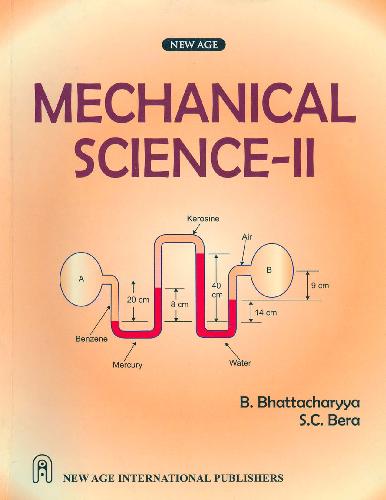
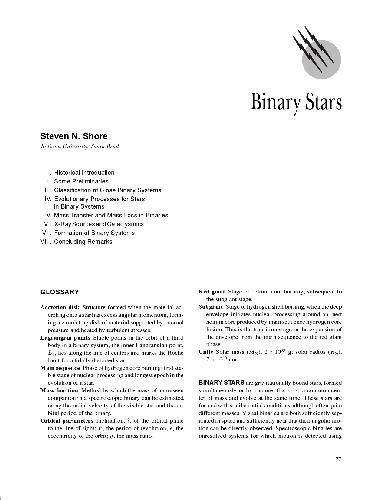
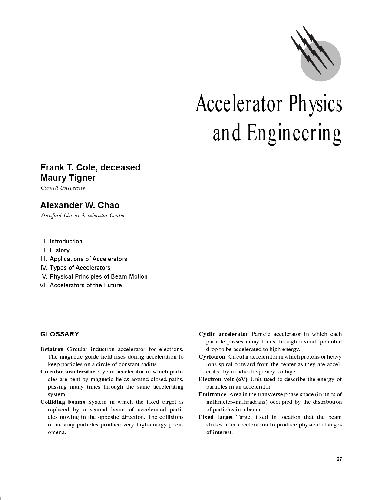
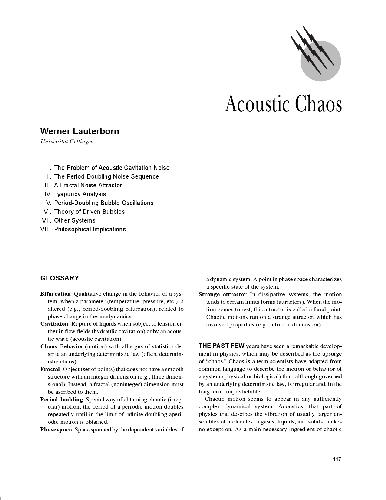
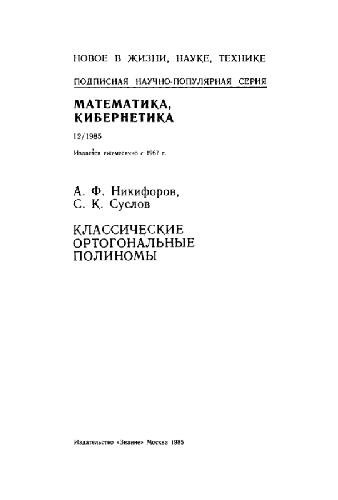
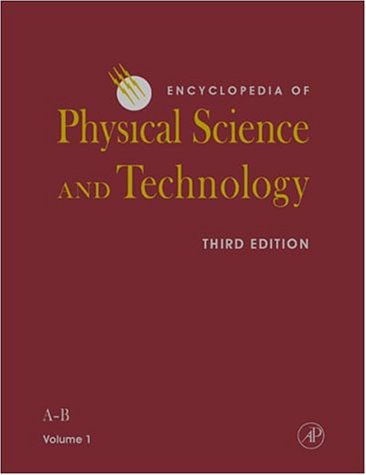
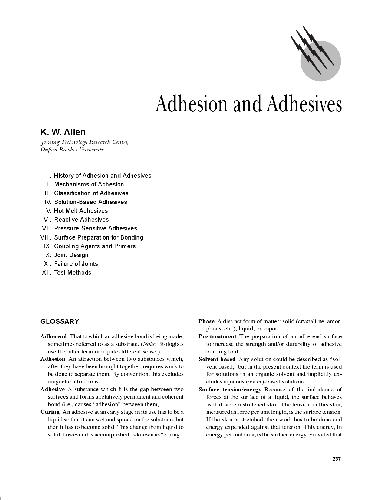
Reviews
There are no reviews yet.